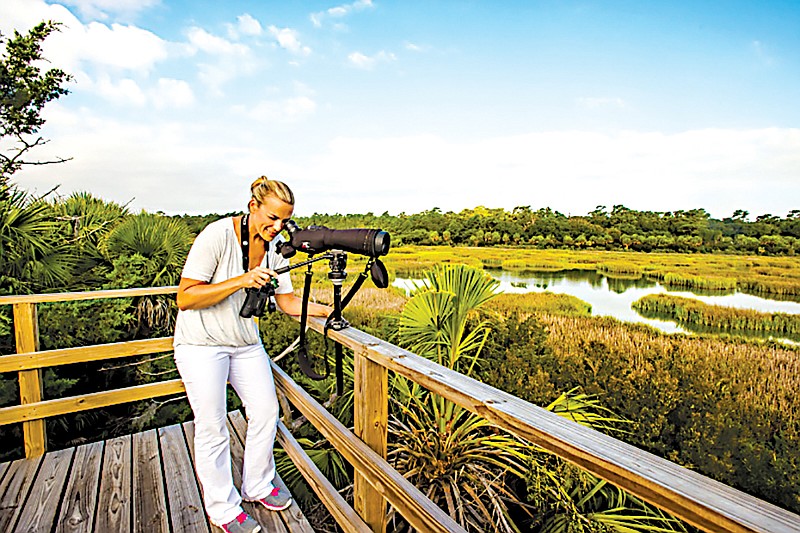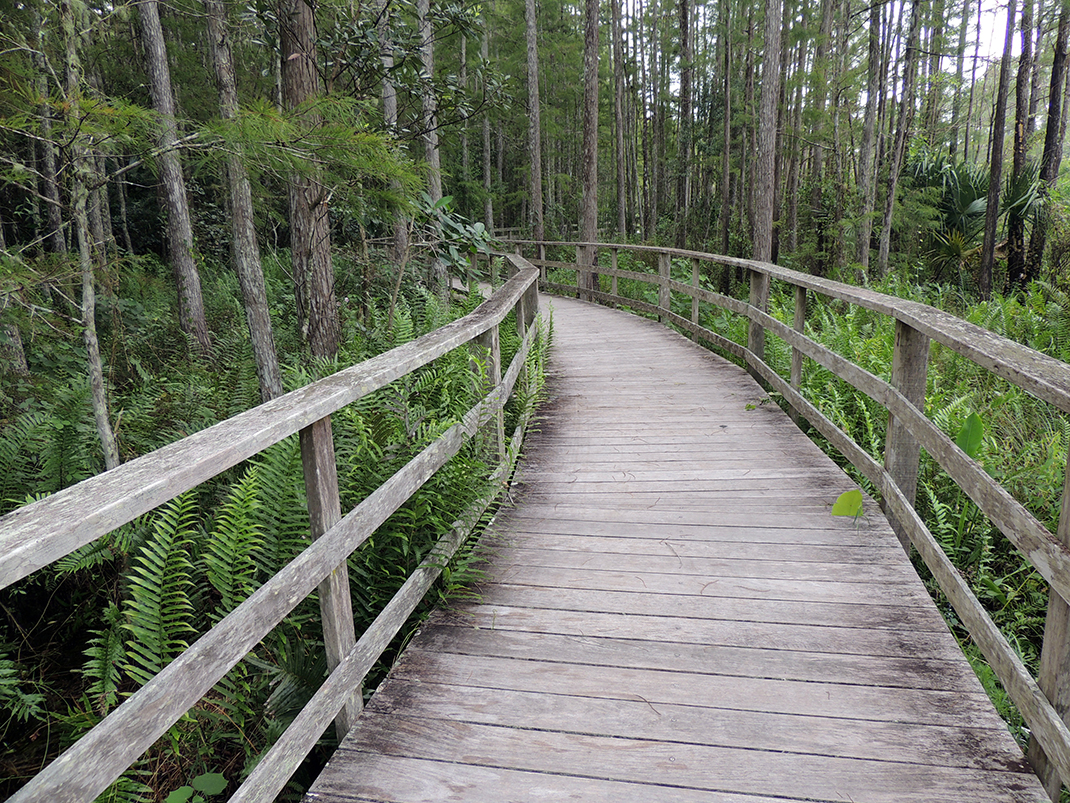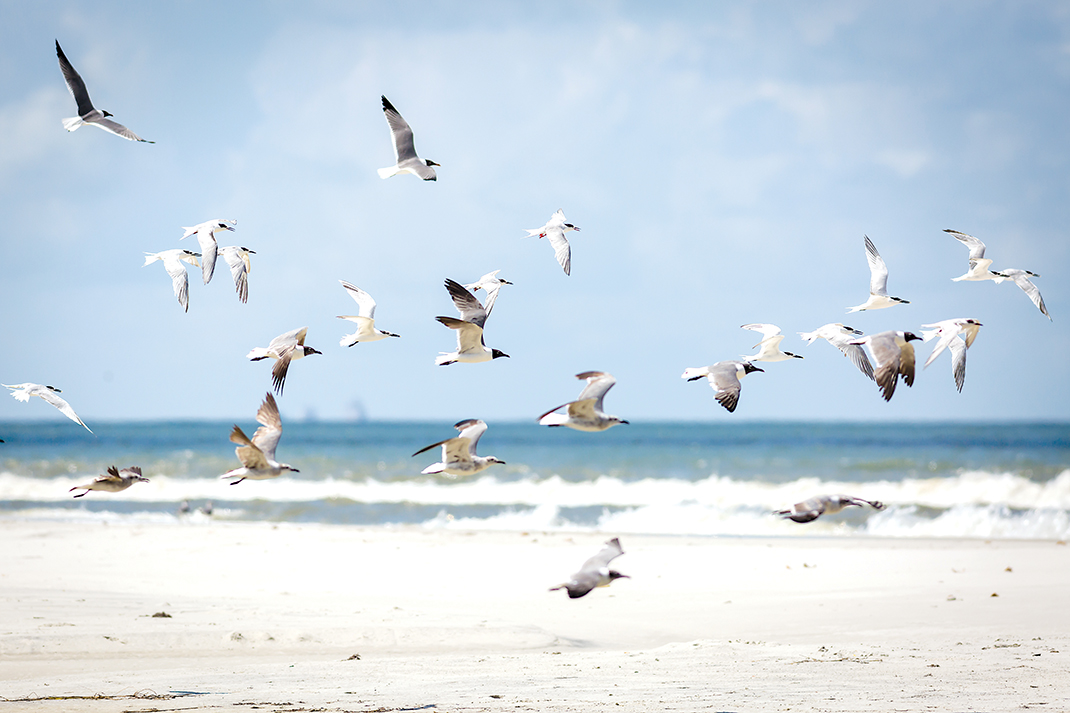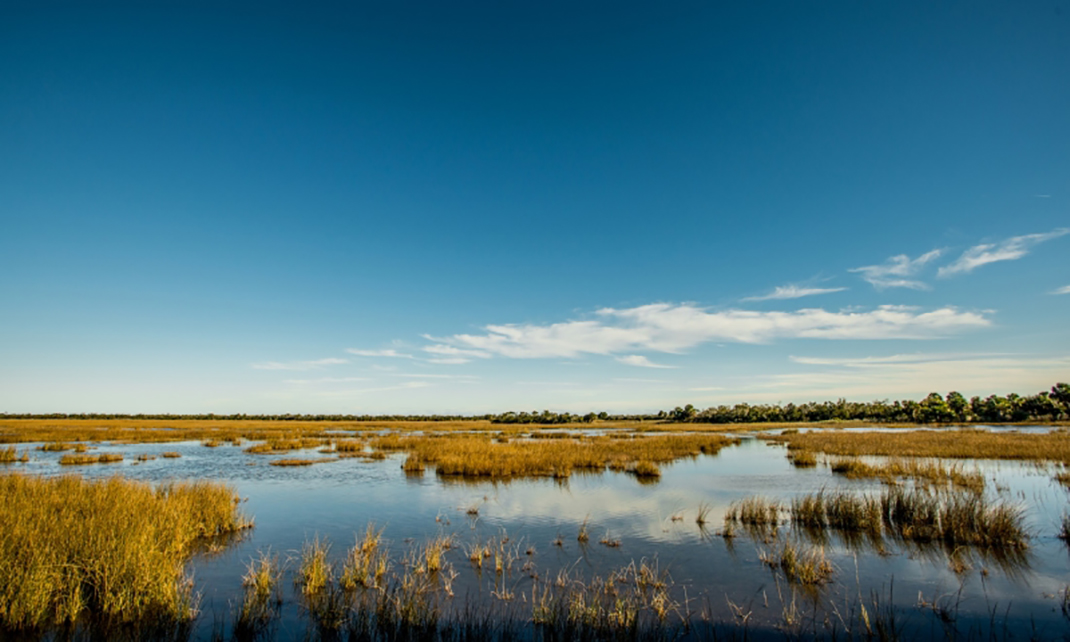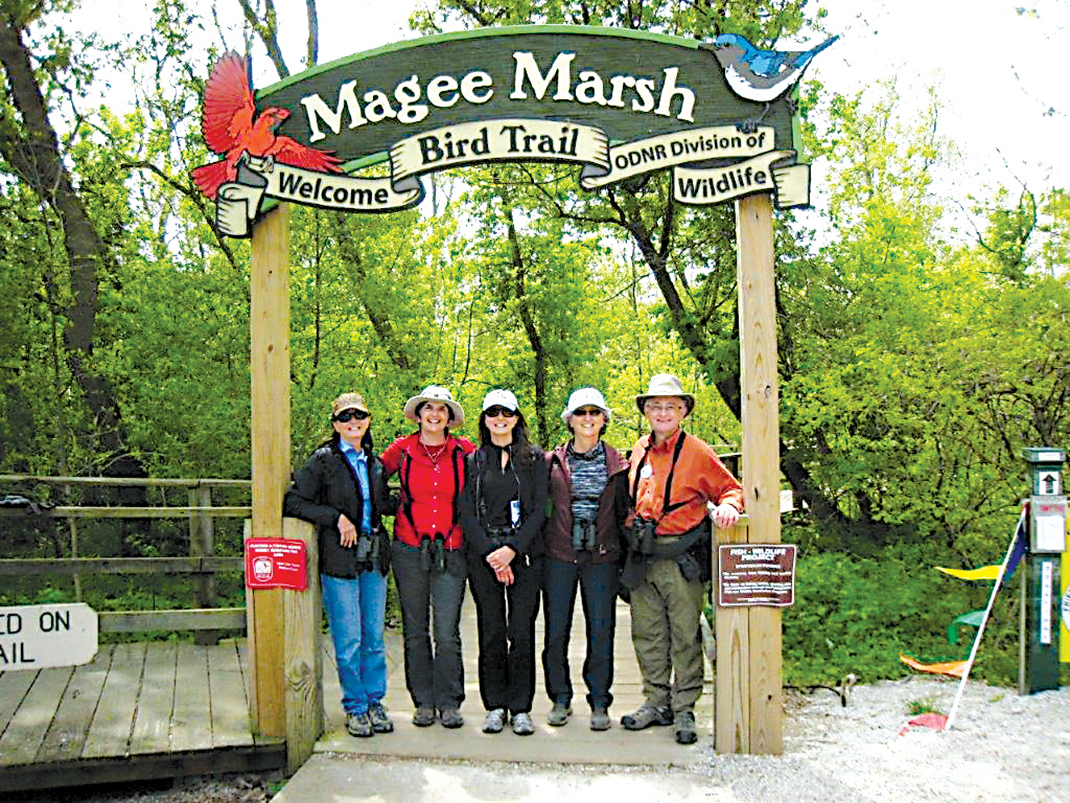The recently hatched concept of avitourism is taking flight. Like ecotourism - the trend of traveling to pristine, undisturbed places to observe wildlife and support conservation efforts - avitourism refers to similar travel specifically to birdwatch.
According to a survey conducted by U.S. Forest Service, between 1982 and 2009 birdwatching and bird-photography grew by 287 percent, making it "the most steadily growing [recreational] activity in the United States."
Moreover, a survey conducted by the U.S. Fish and Wildlife Service found that 47 millions American enjoyed birdwatching in 2011. Of that number, 18 million took trips to see birds.
This summer, why not don your best bush-hat and pair of binoculars and join the flock? There are a number of noteworthy birding destinations all within a day's drive - albeit, a long day's drive in some cases.
Here are a few of our favorites.
Corkscrew Swamp Sanctuary, Florida
Distance from Chattanooga: 737 miles
Why we love it: Boasting North America's largest stand of virgin bald cypress, the wilderness found at this southern Florida sanctuary is more than 500 years old. To help you explore, there is a 2.25-mile boardwalk that leads wildlife-watchers through pine flatwood, wet prairie and, of course, that ancient bald cypress forest.
What you might see: Resident species include the American kestrel, American coot, wood duck, blue-gray gnatcatcher, pileated woodpecker, killdeer, barred owl, sandhill crane and more. Visiting species, which spend part of the year in Corkscrew, include the painted bunting, yellow-billed cuckoo and summer tanager, among many others.
Bonus! In addition to birds, visitors may spot alligators, otters, white-tailed deer and red-bellied turtles.
Dauphin Island, Alabama
Distance from Chattanooga: 433 miles
Why we love it: The entirety of this 14-mile Gulf Coast island is considered a bird sanctuary, meaning it is dedicated to preserving habitat for all North American migratory birds. And between its beaches, dunes, wetlands, forests and paved city streets, it attracts a great number of species. In addition to birding opportunities, the island offers inns, cottages and campgrounds.
What you might see: Fall migrations begin as early as July, when shorebirds such as various plovers, sandpipers and terns gather in droves to store energy before their long fight. Other sightings could include northern bobwhite, golden eagle, swallow-tailed kite, burrowing owl and more.
Little St. Simons Island, Georgia
Distance from Chattanooga: 438 miles
Why we love it: Little St. Simons is prized as the most pristine of the four islands that make up the Golden Isles of Georgia. Its undeveloped beaches and woodlands offer sanctuary to a number of threatened and endangered species. Meanwhile, its all-inclusive accommodations, which include rooms, cottages or the full island available for reservation, are ideal for luxury-loving birders.
What you might see: Pelicans, plovers, spoonbills, storks, eagles, woodpeckers and warblers.
Ottawa National Wildlife Refuge, Ohio
Distance from Chattanooga: 577 miles
Why we love it: Located on the shore of Lake Eerie, this 6,500-acre refuge was established to help provide habitat for migrating waterfowl. The preserve features wetlands, grasslands and forests as well as 10 miles of hiking trails. The visitor center is open daily and lets guests borrow field guides and binoculars.
What you might see: Summer sightings might include snow goose, snowy egret, bald eagle, merlin, American woodcock, indigo bunting, common yellowthroat and more.
Hawk Mountain Sanctuary, Pennsylvania
Distance from Chattanooga: 710 miles
Why we love it: This 2,600-acre mountaintop preserve was the world's first refuge for birds of prey. Eight miles of trail lead visitors to a number of stunning overlooks - prime spots to view raptors. The property also includes a native plant garden and the Acopian Center for Conservation Learning, featuring one of the world's largest collections of raptor literature.
What you might see: American kestrel, bald eagle, black vulture, broad-winged hawk, merlin, northern harrier and more.
Birding on a Budget
Birding may be big business, but it doesn’t have to be big on your wallet. Here are some money saving travel tips from local ornithologist and birder Lizzie Diener, who has birdwatched all over the world, including far-flung locales such as Russia, Albania, Jamaica and Croatia.Self-guide: We don’t pay for a guide. This means we have a lot more flexibility, but may not see as many species as a guide who knows the area.”Avoid expensive accommodations: We often travel with our tent and camp as much as possible. While traveling international, you can often pitch your tent at a hostel and use the facilities (shower, kitchen) for half the price of renting a bunk.”Pack a lunch: We love eating out, but often just pack lunches and dinners for ourselves. In the States, we travel with our two-burner camp stove. When in Central America, we just eat beans and tortillas and cheese. Simple, but good.”Take the bus: Taking local transportation can save you heaps of money when you travel internationally. Skip the taxi if you have the time and take that bus!”
